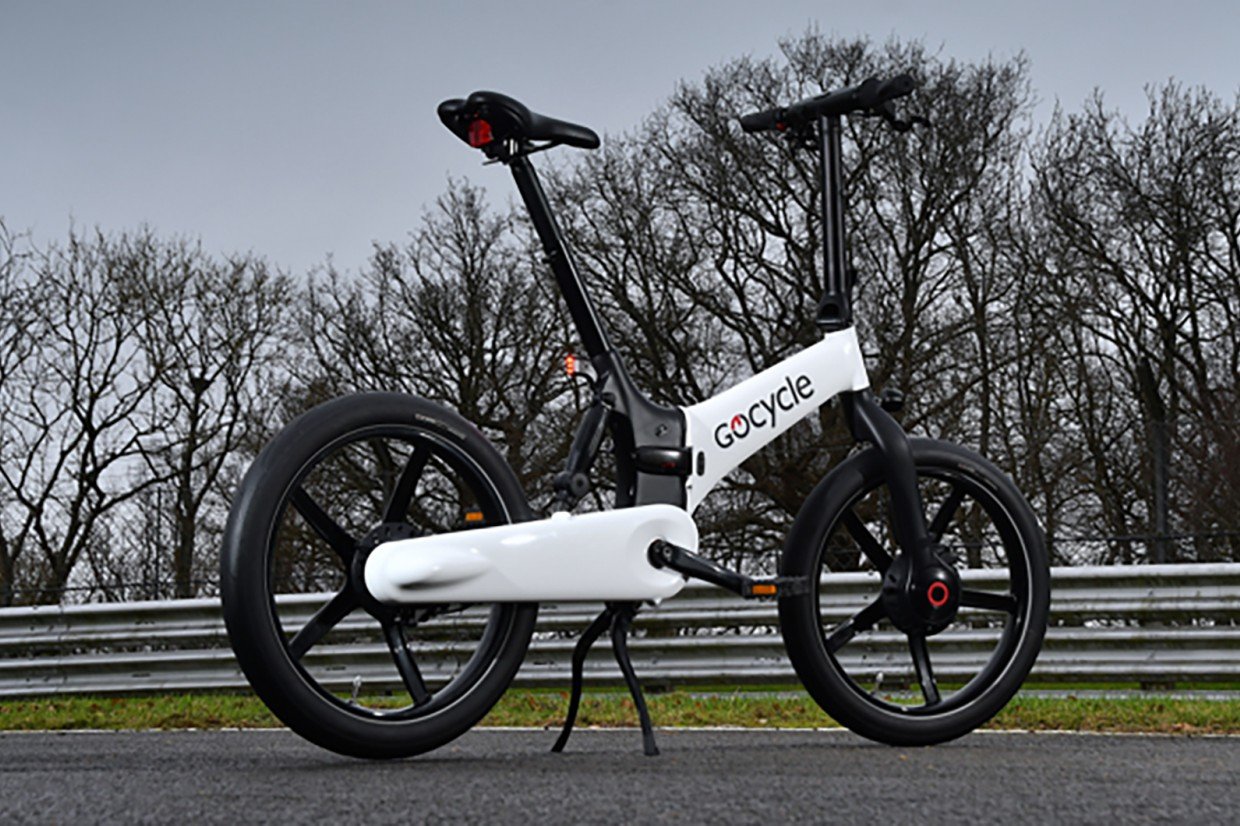American cars have struggled to gain popularity in Europe, despite the global success of European brands in the US market. While automakers like BMW, Mercedes, and Volkswagen dominate sales in both regions, US brands—except for Tesla—haven’t had the same impact in Europe. But why don’t Europeans prefer American cars?
One major factor is size. European cities, especially in countries like Italy, have narrow roads that make large American SUVs and trucks difficult to navigate. Small, fuel-efficient cars are the preferred choice due to high fuel prices, which are significantly more expensive in Europe than in the US. American vehicles, built for spacious highways and cheaper fuel, often don’t fit the European lifestyle.
Another challenge is pricing. Import taxes on US-made cars in Europe are higher than the tariffs the US imposes on European vehicles. This makes American cars more expensive, while European automakers have successfully established local production in the US to avoid such costs.
Trade policies have also sparked tensions. The US has considered increasing tariffs on European automotive imports to balance the trade deficit. However, auto industry experts argue that simply raising tariffs won’t strengthen the US car market. Instead, investment, innovation, and adapting to global demand play a bigger role in long-term success.
Brand loyalty is another factor. Europeans tend to trust and prefer their homegrown brands, such as Volkswagen in Germany, Renault in France, and Fiat in Italy. Even when they opt for foreign cars, they often choose Japanese or South Korean models, which have built a strong reputation for reliability and efficiency.
Despite these hurdles, some American brands are trying to adapt. Tesla has built a manufacturing plant in Germany to cater to European demand for electric vehicles. Ford, on the other hand, has shifted its focus towards electric and commercial vehicles, moving away from small, budget-friendly models.
The European auto market is highly competitive, with many brands offering diverse options to consumers. American automakers face challenges in pricing, trade policies, and consumer preferences, making it difficult to gain a strong foothold. Without strategic investment and localized production, US car brands may continue to struggle in Europe.






















